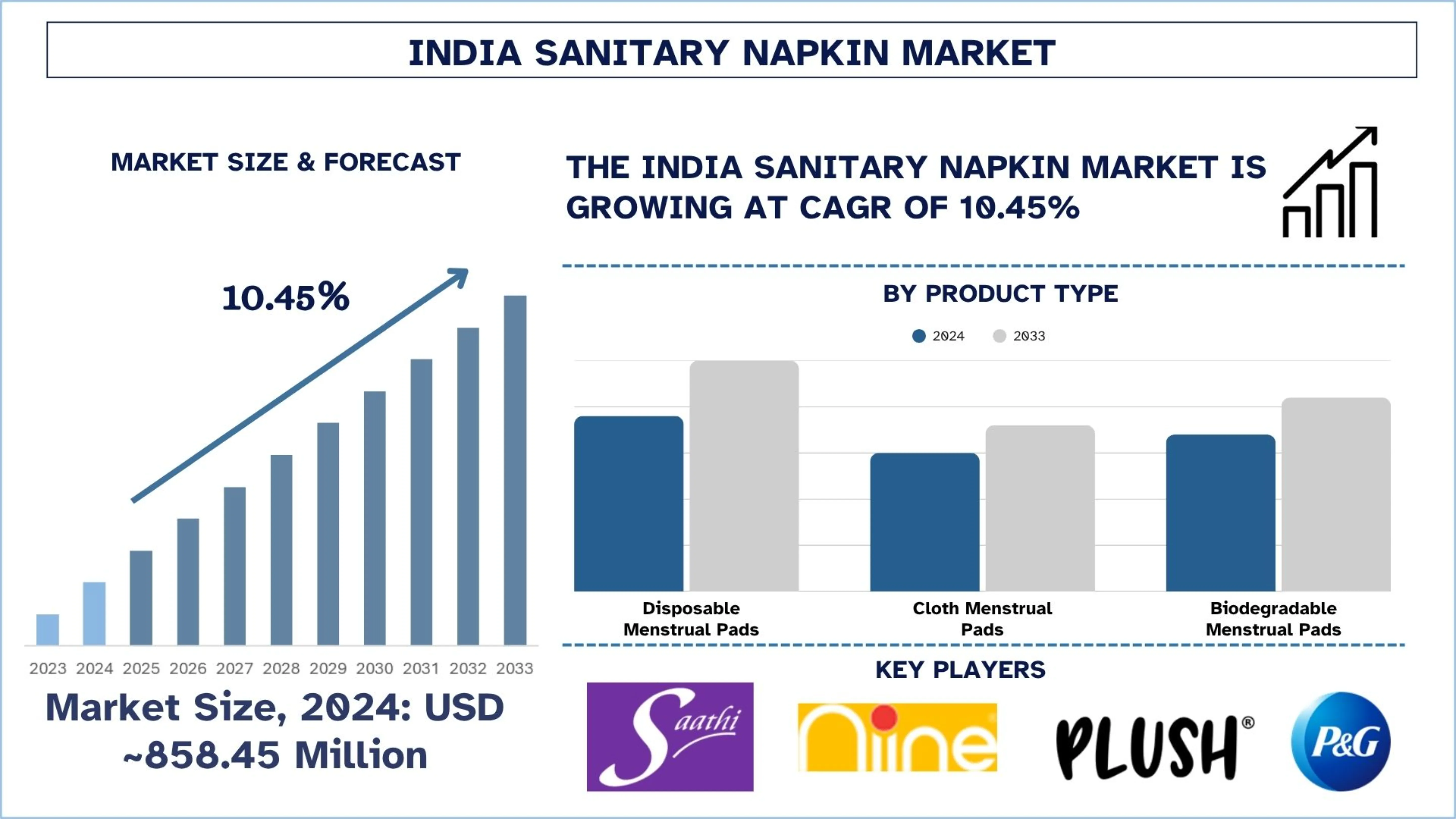Rodent Abatement Strategies for Construction Projects
When undertaking grading, demolition, or any major excavation, it is essential to integrate robust rodent abatement strategies into the construction plan. Disturbing soil, demolishing structures, or clearing vegetation frequently disrupts rodent habitats, causing wildlife to relocate—often seeking refuge in nearby buildings or infrastructure. Without proactive measures, rodents may invade adjacent properties, spread disease, damage materials, and jeopardize project timelines.
This article explores the importance of pre‑construction rodent control, describes effective mitigation methods, outlines compliance requirements, and reviews best practices for protecting both construction sites and surrounding areas.
1. Understanding the Risks
-
Habitat Disruption Construction activities dismantle burrows, remove cover, and transform the landscape—forces which prompt rodents (rats, mice, gophers, voles) to flee into nearby structures or undeveloped land.
-
Potential for Disease Transmission Rodents carry diseases including hantavirus, leptospirosis, salmonellosis, and plague. When they move, they leave behind droppings, urine, nesting materials, and fleas—all potential public health hazards.
-
Structural Damage and Fire Risks Rodents chew through wood, drywall, wiring, and insulation, causing damage to buildings. Gnawed electrical lines are a common source of short circuits and structure fires.
-
Regulatory Requirements Many local municipalities enforce building codes and health regulations stipulating rodent control during construction. Noncompliance can result in work stoppages, fines, and liabilities.
Given these risks, a comprehensive rodent abatement strategy is not optional—it is a requirement for responsible, lawful construction.
2. Assessment and Pre‑Construction Planning
A. Site Inspection
Start with a detailed rodent activity survey:
- Burrow counts and identification: Locate active burrows by size, fresh soil, or recent sightings.
- Evidence of movement: Look for tracks, droppings, gnaw marks in adjacent structures, and nesting materials.
- Access routes: Identify gaps, pipes, foundations, vegetation lines, and fences that provide rodent pathways.
B. Risk Evaluation
Categorize areas into low, moderate, or high risk based on:
- Proximity to food and water sources (e.g., dumpsters, irrigation systems).
- History of rodent infestations on-site or adjacent properties.
- Burrow density and species present.
C. Abatement Program Design
Craft a tailored rodent abatement plan:
- Initial cleanup: Remove debris, old lumber, dense vegetation, and trash.
- Mechanical exclusion: Seal foundation cracks, pipe penetrations, and wire at property perimeters.
- Population reduction: Set traps, bait stations, or live-capture devices to reduce population before work begins.
- Re‐evaluation zone: Identify buffer zones around sensitive areas (e.g., nurseries, neighboring homes).
3. Implementation Strategies
A. Site Cleanup and Habitat Reduction
- Clear overgrown brush, construction debris, woodpiles, and standing water.
- Level or refill rodent burrows, especially in high-traffic work areas.
- Ensure dumpsters are sealed and removed regularly to deny food access.
B. Structural Exclusion Measures
- Temporarily board foundation vents and openings with durable plywood or wire mesh.
- Install metal flashing at base of buildings to act as physical rodent barriers.
- Use tight-fitting utility mouse‐gates and sealed conduits for pipe lines.
C. Trapping and Baiting
- Use snap traps or live traps along rodent runways and burrow entrances.
- Place tamper-resistant bait stations in areas inaccessible to children and pets, using anticoagulant or non-anticoagulant rodenticides.
- Rotate bait attractants periodically to overcome bait shyness.
- Maintain daily inspection logs to comply with Integrated Pest Management (IPM) protocols.
D. Biological and Environmental Controls
- Encourage beneficial predators (owls, hawks) by installing nesting boxes or perches.
- In rural sites, maintain ground cover that supports natural predators.
- Consider rodent-resistant vegetation when landscaping finishes to reduce habitat attractiveness.
4. Operational Best Practices During Construction
- Before grading or demolition begins, ensure at least two control events (trapping or baiting) have occurred and evidence of rodent activity has decreased.
- Maintain exclusion barriers throughout excavation and foundation work.
- After each structural phase—such as framing or roofing—inspect for new rodent access points.
- Monitor periphery zones weekly; repair breaches immediately.
- Communicate daily or weekly with pest control personnel to adaptively manage rodent activity during peak construction phases.
5. Compliance and Documentation
A. City and County Codes
- Many jurisdictions require pest management when ground is disturbed. For example, codes may address the mitigation of vector-borne diseases during grading or imply material abandonment.
- For larger demolitions or contaminated site clearances, environmental health divisions may mandate licensed applicators.
B. Reporting and Records
- Keep detailed logs: inspection dates, technician names, methods used, trap/bait station locations and counts, rodent capture/removal records, and exclusion repair notes.
- Provide these logs to building inspectors, health department officials, or general contractors when requested.
C. Professional Liability
- Licensed pest management firms should carry warranties and liability policies related to rodent control.
- Contractors should verify certifications and insurance when engaging rodent service providers.
6. Adjacent Property Protection
Rodent abatement during construction must also safeguard neighboring properties:
-
Buffer Zone Treatments Establish a 10‑ to 30‑foot perimeter outside construction limits for placement of traps or bait stations to intercept migrating rodents.
-
Communication with Neighbors Notify adjacent occupants of operations. Provide contact info for the pest contractor and outline expected phases and safety precautions.
-
Coordination with Nearby Facilities Notify commercial neighbors—such as restaurants, schools, retail outlets—and plan exclusion accordingly.
-
Avoiding Displacement Effects Phased abatement helps prevent rodents from being driven into nearby yards or buildings. Overly aggressive removal without perimeter protection may worsen the problem elsewhere.
7. Integration with Overall Site Safety Strategies
- Ensure trap placement doesn’t create trip hazards or explosions/fires—for example, near welding sites or utility trenches.
- Secure chemical bait stations away from ignition sources and flammable materials.
- Train all personnel: report rodent sightings, avoid unauthorized bait use, and follow sanitation protocols.
8. Long‑Term Prevention Post‑Construction
Even after construction completes, ongoing prevention is essential:
- Conduct a final site survey to confirm all burrows are inactive and exclusion measures intact.
- Educate new occupants or maintenance teams: seal small openings, schedule routine inspections, repair gaps promptly.
- Implement IPM principles: maintain clean surroundings, proper waste disposal, landscape management, and periodic rodent monitoring (quarterly or semi‑annual).
9. Case Example: Subdivision Grading Project
Scenario: A 25‑acre residential subdivision undergoing initial grading near an agricultural field with documented gopher and rat activity.
- Step 1 – Planning: A pest control firm conducted a baseline survey and found 75 active burrows.
- Step 2 – Pre‑grading Cleanup: Over 10 days, technicians trapped or removed rodents—40 captures occurred, with ongoing baiting.
- Step 3 – Exclusion Setup: Foundational sites were screened; buffer bait stations were installed every 30 feet.
- Step 4 – Monitoring and Adjustment: Weekly inspections reduced burrow density by over 90%. Areas of resurgence were treated promptly.
- Step 5 – Final Clearance: After grading and utilities were completed, a final walkthrough certified the risk was eliminated and the residential developer received clearance from the city.
10. Synergies with Other Pest Control Services
Rodent control during construction often aligns with other pest management disciplines, such as:
- Termite control: Installing pre‑treatment soil barriers against termites; field techs must avoid disrupting the termite zone integrity.
- General pest barrier treatments: Routine spray applications to prevent spraying pests from invading porous foundation joints.
- Sanitation services: Trash removal, swept work areas, and minimizing food exposure to reduce rodent attractants.
It is vital that rodent abatement and other pest treatments be synchronized to avoid conflicts in chemical safety or equipment access.
11. Leveraging Technology and Data
- Remote sensors in bait stations can report rodent activity in real time—helping optimize treatment schedules and reduce manual visits.
- GIS mapping: Marking burrow sites, traps, and treatment zones digitally helps visualize hotspots.
- Mobile log apps: Technicians can update logs immediately in the field, improving audit readiness and transparency.
12. Sustainability and Environmental Considerations
- Use exclusion materials such as stainless steel mesh, metal flashing, and wildlife‑grade grates to ensure long‑term effectiveness.
- Opt for low‑risk bait formulations (e.g., cholecalciferol, bromethalin) to minimize secondary poisoning of pets or wildlife.
- Favor trapping over rodenticides near waterways or sensitive zones.
- Involve environmental specialists on large or ecologically significant sites and conduct pre‑project wildlife surveys.
13. Training and Team Coordination
Success hinges on well‑trained personnel:
- Regular briefings for site managers, contractors, pest technicians, utility crews—anyone with access to site limits.
- Clarify protocols on waste containment, inspection schedules, and reporting unusual rodent activity.
- Post‑project de‑brief: review what worked, note improvement areas for future projects.
14. Comparative Industry Practices
- Healthcare facility builds typically require ultra‑strict IPM compliance due to patient safety concerns.
-
Hospitality construction, such as hotels and motels, demands rodent control plans that integrate with later Hotel Pest Control in Fresno measures to maintain brand image and avoid guest exposure.
For example:
Many new hotel properties in California integrate construction phase rodent abatement with post‑occupancy Hotel Pest Control in Fresno programs to ensure consistency, flow and traceability. This synergy prevents sanitation lapses while aligning with commercial hospitality regulations and guest expectations.
15. Cost‑Benefit and ROI
While pre‑construction rodent control entails upfront investment, it yields savings:
- Prevented replacements for wiring, insulation, landscaping.
- Lower contractor liability and fewer delays.
- Avoided fines and potential shutdowns due to public health violations.
- Enhanced reputation for builders and owners—particularly in commercial projects like hotels and hospitals.
16. Common Challenges and Mitigation
- Budget pushback: Educate stakeholders on hidden costs of reactive rodent damage versus preventive programs.
- Weather constraints: Wet seasons may delay baiting or freeze traps—adapt scheduling accordingly.
- Contractor turnover: Use standardized training and documentation procedures to ensure consistency.
- Adjacent wildlife zones: For sites near parks or streams, use less toxic or non-toxic strategies to comply with environmental regulations.
17. Final Thoughts
Ensuring proper rodent abatement in construction projects is not only a matter of structural safety and regulatory compliance—it’s a pillar of responsible development and community well‑being. Proactively implementing site surveys, exclusion techniques, baiting, ongoing monitoring, and synchronizing with broader pest control programs (such as “Hotel Pest Control in Fresno” for hospitality sites) sets projects up for long‑term success.
By integrating technology, documentation, professional expertise, and environmental stewardship, stakeholders protect their investment and reputation while safeguarding public health. Whether the project is a small residential renovation or a large commercial build, investing in prevention upfront is wise. A consistent, science‑based rodent management program turns a possible liability into a strength—making construction safer, cleaner, and more reliable for everyone involved.








